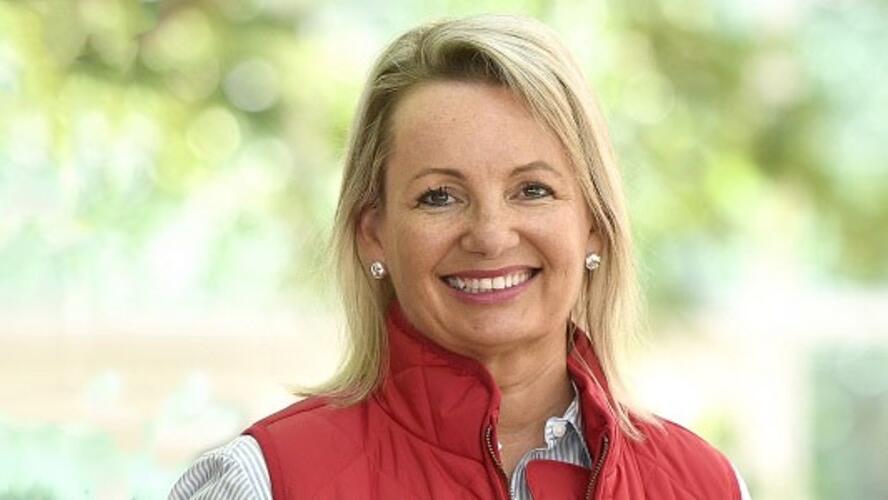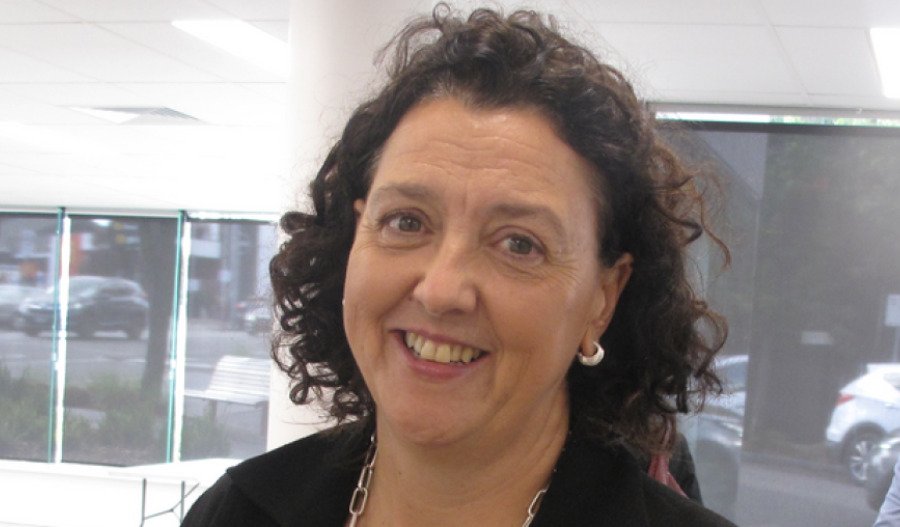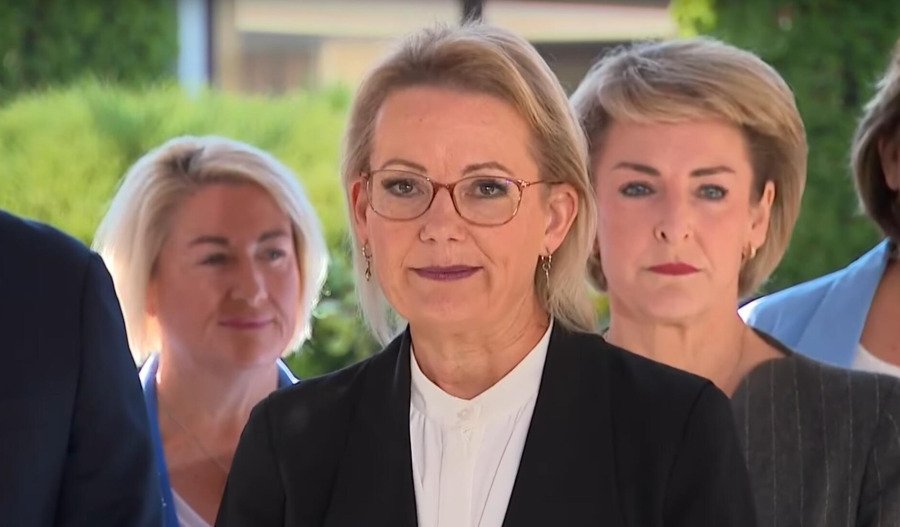The Coalition experienced a collapse in the latest Newspoll since the election, with core support at a 40-year low.
This comes as Anthony Albanese begins his second term as Prime Minister and Sussan Ley takes over the leadership of the Liberal Party from Peter Dutton.
The exclusive newspoll conducted for The Australian was the first since the federal election on 3 May, and shows that primary support for the two major parties has fallen to a historic low of 65% as more Australians begin to support minor parties.
With preference flows factored in, Labor has extended its two-party preferred lead from 55.2%-48.8% at the election to 57%-43% over the Coalition, marking the second highest lead for Labor since August 2022.
At the same time, support for The Coalition has suffered a decline to its lowest ever recorded election primary vote of 31.8%, which has now dipped even lower to 29%.
It is also an 11-point decrease from its recent peak of 40%, when the Albanese government was thought to be heading towards defeat.
As for other parties, Pauline Hanson’s One Nation has gained 1.6% to a total of 8% support, and the Greens have remained steady at 15%.
On an individual level, Albanese’s approval rating has improved from -10 to a net approval rating of zero, with 47% of voters satisfied with his performance.
Ley’s approval rating after taking over the Liberal party sits at 35%, which is two points lower than her predecessor’s approval rating at the same point in his leadership cycle.
Her disapproval rating sits broadly in line with Dutton’s in the first 2022 Newspoll at 42%.
Albanese maintains a commanding lead as preferred prime minister by 52-32 over his rival. Ley fares better than Dutton in this regard as Albanese led Dutton by 59-25 in his first outing as Liberal leader.
This comes as the current political landscape is dominated by conflicts in the Middle East, U.S. President Donald Trump’s second round of tariffs and Albanese’s five-day trip to China.
On top of this, in domestic politics, Albanese has flagged tax and productivity reform, while the Reserve Bank of Australia shocked the markets by holding off on further rate cuts as the cost-of-living continues to rise.



